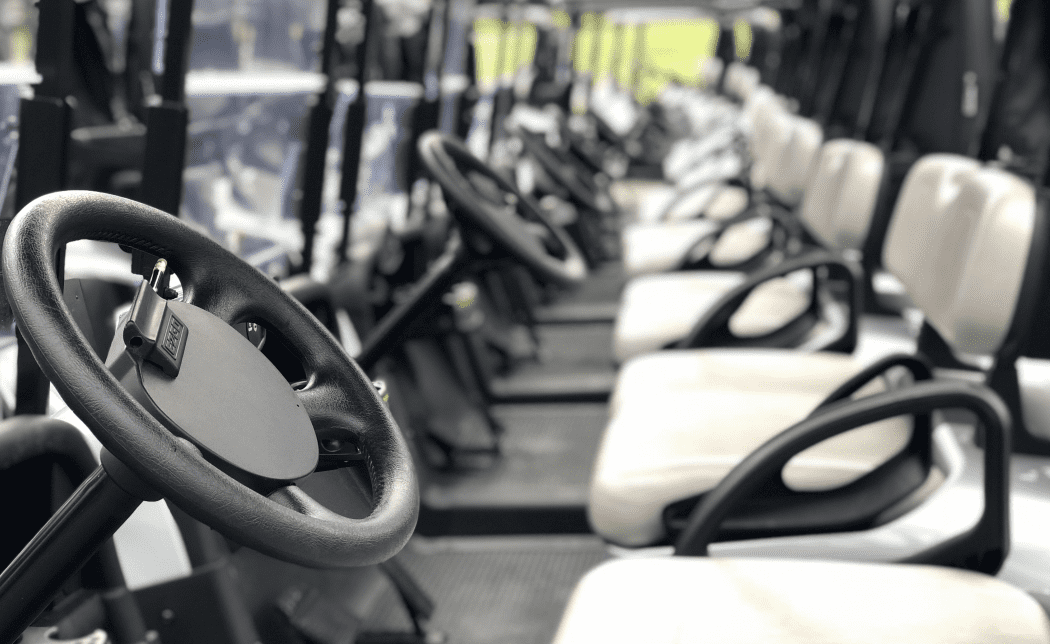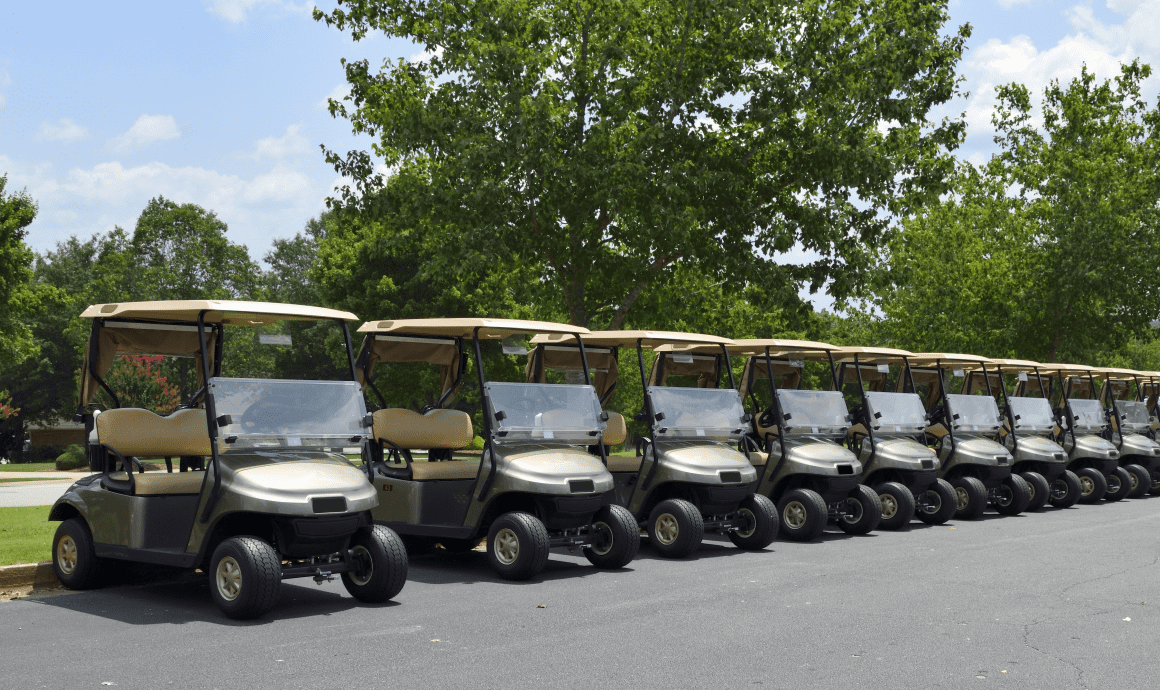When it comes to selecting the right battery for your applications, understanding the weight and performance characteristics of different types is crucial. The 8D lead-acid battery is a popular choice in various industries due to its reliability and durability. In this comprehensive guide, we delve deep into the specifics of 8D lead-acid battery weight, comparing it to other battery types and exploring how this impacts its usability.
What is an 8D Lead Acid Battery?
The 8D lead-acid battery is a heavy-duty, deep-cycle battery designed for high-demand applications. It is commonly used in marine, RV, and commercial settings due to its robust performance and extended lifespan. These batteries are known for their large capacity and high discharge rates, making them ideal for applications requiring substantial power output over extended periods.
Key Characteristics of 8D Lead Acid Batteries
Dimensions and Weight
One of the defining characteristics of the 8D lead-acid battery is its size and weight. Typically, an 8D battery measures approximately 20.5 inches in length, 10.5 inches in width, and 9.5 inches in height. The weight can vary, but it generally falls between 120 to 150 pounds (54 to 68 kg). This weight is a significant factor in applications where space and weight constraints are critical.
Construction and Durability
The 8D lead-acid battery features a robust construction, including thick lead plates and a strong outer casing. This design helps it withstand harsh conditions and prolonged use. The battery’s grid structure and plate thickness contribute to its ability to handle deep discharges and high currents, ensuring reliability and longevity.
Performance and Efficiency
The 8D lead-acid battery provides excellent performance with a capacity ranging from 180 to 250 amp-hours (Ah). Its deep-cycle design allows for multiple charge and discharge cycles without significant degradation in performance. This makes it suitable for applications that require a consistent and reliable power supply.
Comparing 8D Lead Acid Batteries to Other Types
8D Lead Acid vs. Lithium-Ion Batteries
When comparing 8D lead-acid batteries to lithium-ion batteries, several differences become apparent. Lithium-ion batteries are known for their lightweight and compact design. For example, a lithium-ion battery of similar capacity may weigh significantly less than its lead-acid counterpart—often around 40 to 60 pounds (18 to 27 kg) for a comparable size. Additionally, lithium-ion batteries offer superior energy density and longer life cycles, though they come at a higher initial cost.
8D Lead Acid vs. AGM Batteries
Absorbent Glass Mat (AGM) batteries, a subtype of lead-acid batteries, are another alternative. AGM batteries are sealed, making them more maintenance-free and resistant to vibration. They are generally lighter than traditional lead-acid batteries but still heavier than lithium-ion options. An AGM battery with similar specifications to the 8D lead-acid would weigh around 80 to 120 pounds (36 to 54 kg), offering a compromise between weight and performance.
Implications of Battery Weight on Application
Impact on Mobility and Installation
The substantial weight of an 8D lead-acid battery can influence its installation and mobility. In applications where the battery needs to be moved frequently or installed in tight spaces, its weight may pose a challenge. Lightweight alternatives, such as lithium-ion batteries, can alleviate these issues, providing easier handling and installation.
Structural Support and Vehicle Load
For vehicles such as RVs and boats, the weight of the battery can affect the overall load and weight distribution. Ensuring proper support and balance is crucial to maintaining optimal vehicle performance and safety. In these scenarios, it is essential to consider the battery weight in conjunction with other components to ensure proper load distribution.
Choosing the Right Battery for Your Needs
Evaluating Your Requirements
Selecting the appropriate battery requires a thorough evaluation of your specific needs. Consider factors such as power requirements, space constraints, and budget. If weight and space are critical, exploring lithium-ion batteries might be advantageous. Conversely, if you prioritize durability and cost-effectiveness, the 8D lead-acid battery remains a strong contender.
Custom Solutions from Redway Battery
At Redway Battery, we specialize in providing tailored battery solutions to meet the diverse needs of our clients. We offer LiFePO4 batteries known for their superior performance and lightweight advantages, particularly for deep-cycle applications. Our expertise extends to golf cart batteries, with swift customization options available to suit your specific requirements. For businesses seeking B2B solutions and OEM partnerships, Redway Battery delivers prompt quotations and exceptional service.
Conclusion
The 8D lead-acid battery is a robust and reliable choice for various applications, offering substantial power and durability. While its weight is a notable factor, understanding its advantages and comparing it with other battery types can help in making an informed decision. Whether you need a high-capacity battery for marine use, RVs, or commercial applications, the 8D lead-acid battery remains a dependable option.
For customized battery solutions and swift quotations, contact Redway Battery today. Our team is ready to assist you in finding the perfect battery to meet your needs, ensuring optimal performance and reliability.
The weight of a battery affects portability. Whether you are using 8D lead acid batteries for marine applications or as backup power for your RV, having a lightweight option can make transportation much easier. Heavy batteries can be cumbersome to move around and may require additional manpower or equipment.
Battery weight also plays a role in installation and handling. A lighter battery is generally easier to install and maneuver, reducing the risk of accidents or injuries during the process. This is especially important in industrial settings where multiple batteries need to be handled regularly.
Furthermore, the weight of a battery directly impacts vehicle performance. In automotive applications, excess weight from heavy batteries can decrease fuel efficiency and overall range. Lightweight batteries help vehicles achieve better mileage while maintaining optimal performance.
Additionally, when considering renewable energy systems like solar power installations or off-grid setups, heavy batteries might require more robust mounting structures which add extra costs to the project.
In conclusion (not conclusive), understanding the importance of battery weight helps users make informed decisions about their specific needs and requirements when choosing an 8D lead acid battery or any other type of battery for various applications
Factors Affecting 8D Lead Acid Battery Weight
Factors Affecting 8D Lead Acid Battery Weight
When it comes to the weight of an 8D lead acid battery, there are several factors that can influence its overall heaviness. One of the key factors is the capacity of the battery. Generally, higher capacity batteries tend to be heavier due to the larger amount of active material and plates they contain.
Additionally, the type and thickness of the plates in a lead acid battery can also impact its weight. Batteries with thicker plates generally weigh more as they require more lead and other materials for construction.
The design and construction of the battery also play a role in determining its weight. For example, batteries with additional features such as built-in handles or protective casings may weigh slightly more than those without these additions.
Furthermore, advancements in technology have led to improvements in lead acid batteries which allow for higher energy density with reduced weight. Innovative designs utilizing lighter materials contribute to reducing overall battery weight while maintaining performance.
External factors such as temperature and charging methods can affect an 8D lead acid battery’s weight over time. Extreme heat or improper charging techniques can cause damage or degradation within the cells, leading to an increase in weight due to sulfation or corrosion.
Understanding these various factors that affect 8D lead acid battery weight is crucial for selecting the right battery for your needs and ensuring proper maintenance practices are followed. By considering these variables, you can make informed decisions about your power storage requirements while maximizing longevity and efficiency.
How Much Do 8D Lead Acid Batteries Weigh?
When it comes to 8D lead acid batteries, one common question that arises is about their weight. Understanding the weight of these batteries is crucial for various applications and industries. So, let’s uncover the truth about how much 8D lead acid batteries weigh.
The weight of an 8D lead acid battery can vary based on several factors. One such factor is the type of battery construction. Different manufacturers may use varying materials and designs, which can impact the overall weight. Another factor influencing weight is the capacity or amp-hour rating of the battery. Generally, higher capacity batteries tend to be heavier.
On average, an 8D lead acid battery can weigh anywhere from around 135 pounds (61 kilograms) to over 170 pounds (77 kilograms). However, it’s important to note that these weights are just general estimates and actual weights may differ depending on specific brands or models.
Compared to other types of batteries like lithium-ion or nickel-cadmium, 8D lead acid batteries tend to be heavier due to their construction and technology used in manufacturing them. This additional weight can make transportation and handling more challenging when compared to lighter alternatives.
To reduce the weight of an 8D lead acid battery without compromising its performance, there are a few tips you can consider. Choosing a battery with a lower capacity might help reduce its overall weight slightly while still meeting your power requirements. Additionally, opting for newer technologies like AGM (Absorbent Glass Mat) or gel cell batteries instead of traditional flooded ones could potentially result in lighter options.
Understanding the weight of 8D lead acid batteries is essential for effective use and maintenance in various applications ranging from automotive vehicles to renewable energy systems. By considering factors affecting their weight and exploring ways to reduce it if necessary, you can ensure optimal performance while minimizing logistical challenges associated with heavier battery options.
Comparing 8D Lead Acid Battery Weight to Other Battery Types
Comparing 8D Lead Acid Battery Weight to Other Battery Types
When it comes to choosing the right battery for your needs, understanding the weight of different battery types is essential. One popular option in many industries is the 8D lead acid battery. But how does its weight stack up against other options on the market?
Let’s take a closer look.
It’s important to note that 8D lead acid batteries tend to be heavier compared to some alternative choices. This is primarily due to their construction and chemistry. While they may not be as lightweight as lithium-ion or nickel-cadmium batteries, they offer their own unique advantages.
Despite being heavier, 8D lead acid batteries are known for their durability and reliability. They can withstand extreme temperatures and provide consistent power over long periods of time – making them ideal for applications where performance and longevity are key factors.
On the other hand, lithium-ion batteries have gained popularity in recent years due to their lighter weight and higher energy density. These batteries are commonly used in portable electronics like smartphones and laptops because of their ability to deliver high power output without adding too much bulk.
Similarly, nickel-cadmium (NiCd) batteries are also relatively lightweight compared to lead-acid counterparts. They have been widely used in emergency lighting systems and cordless power tools due to their ability to handle multiple charge cycles effectively.
It’s worth mentioning that each type of battery has its own set of pros and cons when it comes to weight considerations. The choice ultimately depends on factors such as application requirements, cost considerations, environmental impact concerns, among others.
In conclusion,
Understanding the weight differences between various battery types allows you to make informed decisions based on your specific needs. While 8D lead acid batteries might be heavier compared with some alternatives like lithium-ion or NiCd options, they offer exceptional durability and reliability that may outweigh any extra pounds on certain occasions.
Tips for Reducing the Weight of 8D Lead Acid Batteries
Tips for Reducing the Weight of 8D Lead Acid Batteries
When it comes to 8D lead acid batteries, weight can be a major concern. These batteries are known for their heavy build, making them challenging to handle and transport. However, there are some tips you can follow to reduce the overall weight of these batteries without compromising their performance.
Consider opting for lighter materials when choosing a battery casing. Look for options made from lightweight yet durable materials such as ABS plastic or fiberglass-reinforced polymers. These materials provide adequate protection while significantly reducing the overall weight of the battery.
Pay attention to the internal components of the battery. Optimize its design by selecting thinner plates that still meet your power requirements. Thinner plates not only decrease weight but also improve efficiency and allow for faster charging times.
Additionally, explore alternative electrode materials that have lower densities than traditional lead-based ones. This can help reduce overall weight without sacrificing performance or reliability.
Another way to minimize weight is by investing in high-quality vent caps made from lightweight materials like aluminum or composite plastics instead of heavier metals like brass or steel.
Proper maintenance plays a crucial role in keeping an 8D lead acid battery lightweight over time. Regular cleaning and removing any corrosion buildup on terminals ensure optimal performance and prevent unnecessary added weight due to unwanted debris.
By implementing these tips, you can effectively reduce the weight of your 8D lead acid batteries while maintaining their functionality and longevity.
Conclusion: Understanding the Weight of 8D Lead Acid Batteries for Effective Use and Maintenance
Understanding the Weight of 8D Lead Acid Batteries for Effective Use and Maintenance
When it comes to choosing the right battery for your needs, understanding its weight is crucial. In this article, we have uncovered the truth about 8D lead acid battery weight and explored its importance in various applications.
We started by introducing 8D lead acid batteries and highlighting their significance in powering heavy-duty equipment. These batteries are known for their high capacity and durability, making them ideal for demanding tasks.
Next, we delved into why battery weight matters. The weight of a battery impacts portability, installation requirements, and overall performance. It can determine whether a battery is suitable for specific applications or if additional support is needed.
We then discussed the factors that affect 8D lead acid battery weight. From plate thickness to electrolyte density, several elements contribute to the overall mass of these batteries. By understanding these factors, users can make informed decisions regarding their choice of batteries.
Moving on, we addressed the burning question: How much do 8D lead acid batteries weigh? While weights may vary depending on manufacturers and specific models, we provided an estimated range to give readers a general idea.
To provide further context, we compared 8D lead acid battery weight with other popular types of batteries such as lithium-ion and AGM (absorbent glass mat) counterparts. This comparison shed light on how different technologies result in varying weights and highlighted potential trade-offs between performance and portability.
We shared some helpful tips for reducing the weight of 8D lead acid batteries without compromising performance or safety. These tips included considering alternative materials during construction or exploring innovative designs that optimize space utilization.
In conclusion (without using those exact words), understanding the weight of 8D lead acid batteries is essential when it comes to effective use and maintenance. Whether you’re powering a marine vessel or providing backup power in remote locations, knowing how much weight your batteries add to the equation is crucial for successful operations. By being aware






